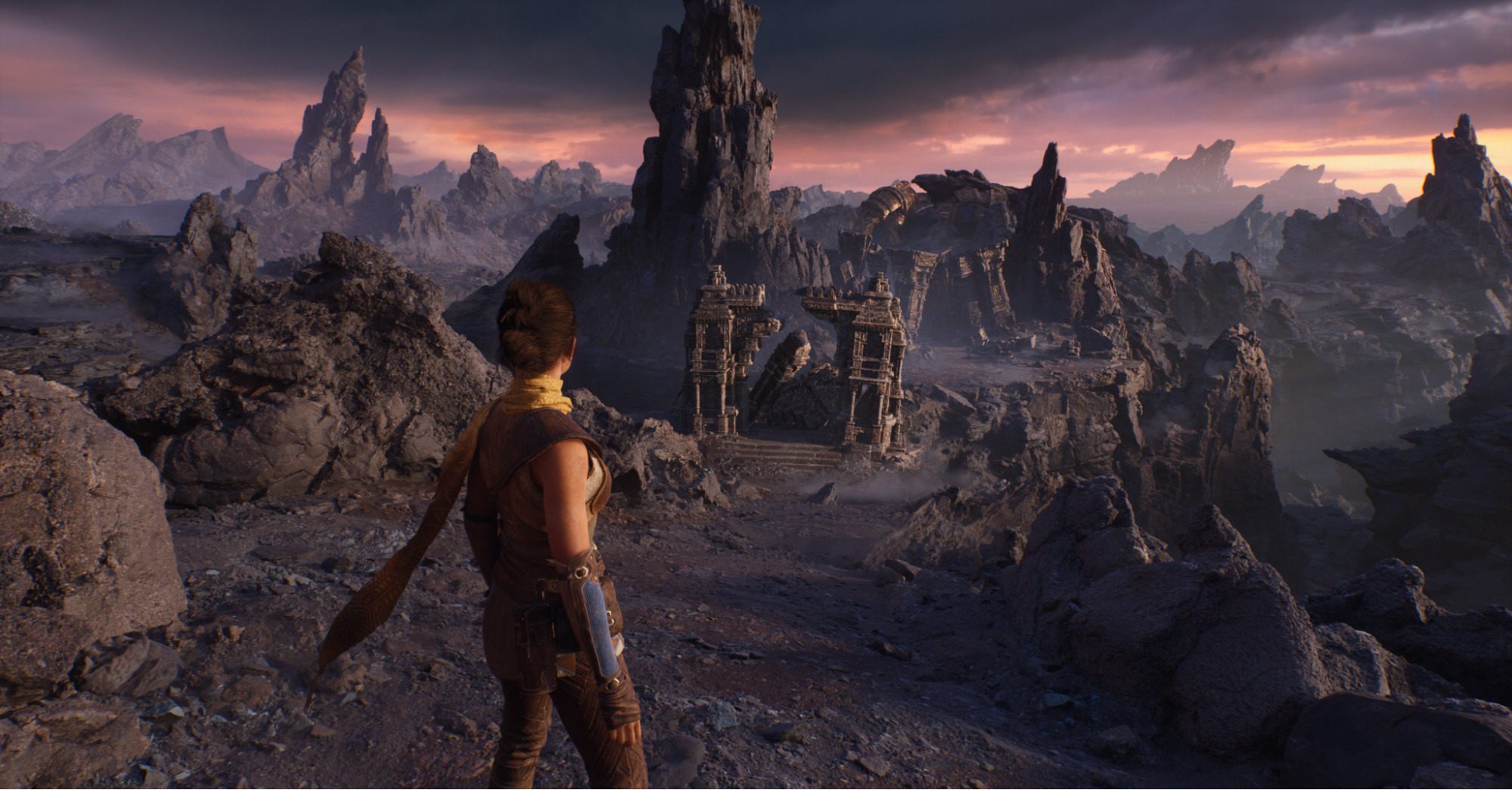Can’t-Miss Features in Unreal Engine 5

If you’ve been hanging out in gaming and animation circles on the internet, you’ve probably heard a lot of talk about a tool that’s making big waves in the gaming world: Unreal Engine 5. Unreal Engine 5 describes itself as the “next-generation real-time 3D engine,” and for good reason. The 3D game/VFX/content engine, developed by Epic Games and released this past spring, aims to make it as easy as possible for developers to create detailed 3D worlds that render in real-time—no lengthy development period required. One of our favorite things about Unreal Engine 5, often referred to as UE5, is that it’s free*, so once you learn the program, you can start using it to level up your projects at any time. Here are three of the game-changing features that are helping UE5 set a new standard for the future of entertainment.

3 Amazing Features in Unreal Engine 5
Whether you are just getting started in the gaming and animation world or ready to level up, here are three can’t-miss features of this free* platform.
Nanite
Nanite is UE5’s virtualized geometry system that allows creators to design scenes with massive amounts of geometric detail. Nanite can directly import nearly any 3D object or environment, no matter the number of polygons, including the original ZBrush sculpts. This enables creators and developers to use film-quality assets and eliminates the extensive amount of time developers traditionally had to spend creating new assets and LODs for game development.
According to the Unreal Engine website, these are the benefits of Nanite:
- Multiple orders of magnitude increase in geometry complexity, higher triangle and objects counts than has been possible before in real-time
- Frame budgets are no longer constrained by polycounts, draw calls, and mesh memory usage
- Now possible to directly import film-quality source arts, such as ZBrush sculpts and photogrammetry scans
- Use high-poly detailing rather than baking detail into normal map textures
- Level of Detail (LOD) is automatically handled and no longer requires manual setup for individual mesh’s LODs
- Loss of quality is rare or non-existent, especially with LOD transitions
Lumen
Lumen is a fully dynamic global illumination solution. In the past, creators and developers had to wait for lightmaps to bake, come up with creative solutions for GI, and cheat ray-tracing for real-time applications (pre-RTX). This is not the case in UE5 with Lumen! The feature calculates light, reflections, and shadows instantaneously, rendering updates to your scene in real-time. What is represented inside the Unreal Editor is exactly how the final lighting for a scene will render.
Quixel
UE5 describes Quixel as the “gateway to a world of 3D content.” It’s essentially a library of drag-and-drop assets that help creators quickly build high-quality, life-like scenes. Even better, using Quixel assets in your UE5 projects is free! Creators can browse existing collections, or add their own assets and materials. This allows artists to build scenes in a fraction of the time and resources it would take to create the same scene from scratch. Many of the Quixel assets are compatible with Nanite as well, so in most cases, creators are dropping in assets that have the same quality and detail used in the Marvel Cinematic Universe.
Whether you’re an aspiring filmmaker, animator or game artist, Unreal Engine could be just the tool to help you realize your next project.
*Free for content, animation, and vfx production. For game releases, there is a rev share after $1M in revenue.
